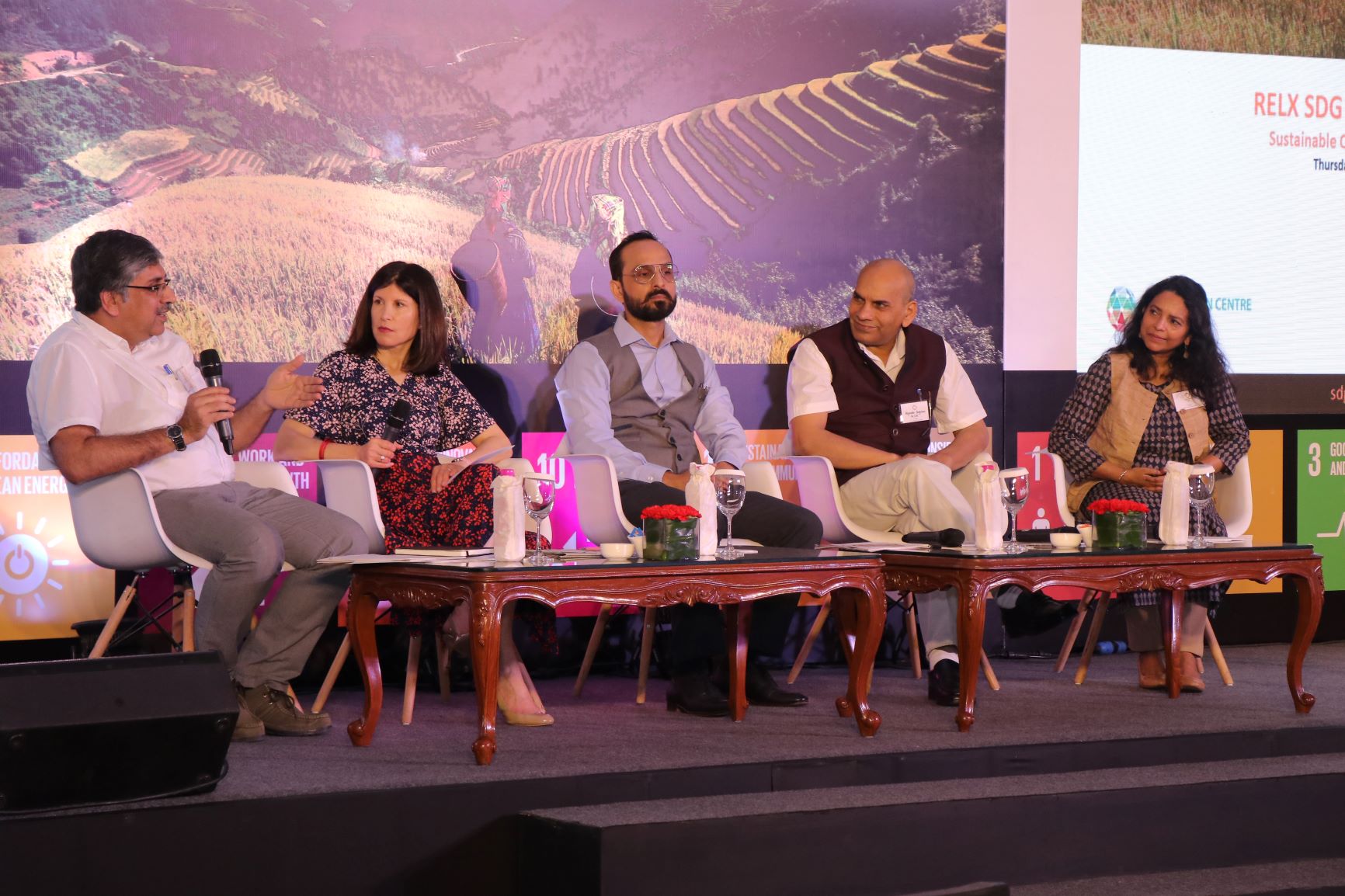This study identifies the key barriers to operationalizing FEW nexus at ground level and underlines the need for urban-rural shared perspectives in resource management.
This book chapter addresses SDG 5 with delivering key career advice collected from 23 female professors specific for young women.
This book chapter addresses goals 15 and 11 by focusing on how human activities influence the biodiversity of life on land.
Food Nutr Res. 2019 May 9;63. doi: 10.29219/fnr.v63.3410. eCollection 2019.
Contributing to SDG 3, this clinical investigation assessed the efficacy of novel patent-pending VMP35 multi-nutrient complex, a non-iron containing liquid nutraceutical supplement, in 38 male and female volunteers (age: 22-82) on anemia and blood properties.
Elsevier,
Daniel A. Vallero, Chapter 13 - Air pollution control technologies, Editor(s): Daniel A. Vallero, Air Pollution Calculations, Elsevier, 2019, Pages 377-428, 9780128149348
This book chapter advances SDGs 3, 13 and 15 by discussing various sources of air pollution and technologies to remove and treat pollutants.
Each year the RELX Environmental Challenge is awarded to projects that best demonstrate how they can provide sustainable access to safe water or sanitation. Projects must have clear practical applicability, address identified need and advance related issues such as health, education, or human rights. Applications close on 7 June 2019.
RELX held its fourth SDG Inspiration Day in Delhi to catalyse action on the UN Sustainable Development Goals. This event took place at the iconic Imperial Hotel in partnership with Global Compact India, Responsible Media Forum and the Ban Ki-Moon Centre for Global Citizens. The theme Sustainable Cities: SDG 11, critical to the rest inspired rich discussion among participants from business, government, civil society and academia who explored the interconnection of SDG 11 with cross-cutting themes, such as health and the rule of law.
PET is a ubiquitous material because of its robust properties. Today, less than 30% of PET bottles and few carpets are recycled in the United States, leading to the majority of PET being landfilled. The low PET reclamation rate is due to the fact that PET bottle recycling today is mechanical, resulting in a devalued product. Here, reclaimed PET (rPET) bottles are converted to fiberglass-reinforced plastics (FRPs), which sell for more than twice that of rPET. When monomers derivable from biomass are incorporated, rPET-FRPs with superior properties are achieved.
Background: Men who have sex with men (MSM) are disproportionately affected by HIV and other sexually transmitted infections (STIs) worldwide. Previous reviews investigating the role of circumcision in preventing HIV and other STIs among MSM were inconclusive. Many new studies have emerged in the past decade. To inform global prevention strategies for HIV and other STIs among MSM, we reviewed all available evidence on the associations between circumcision and HIV and other STIs among MSM.


